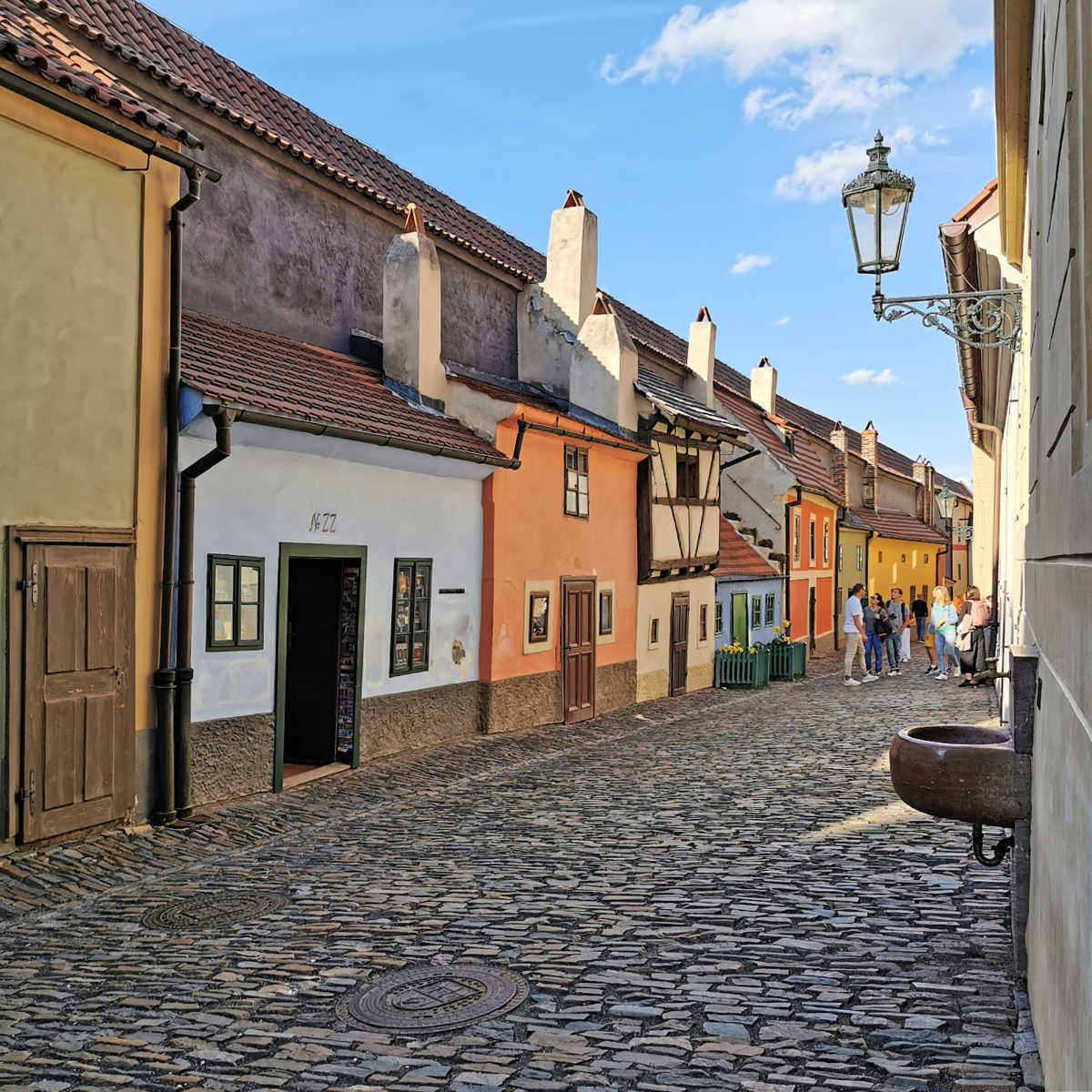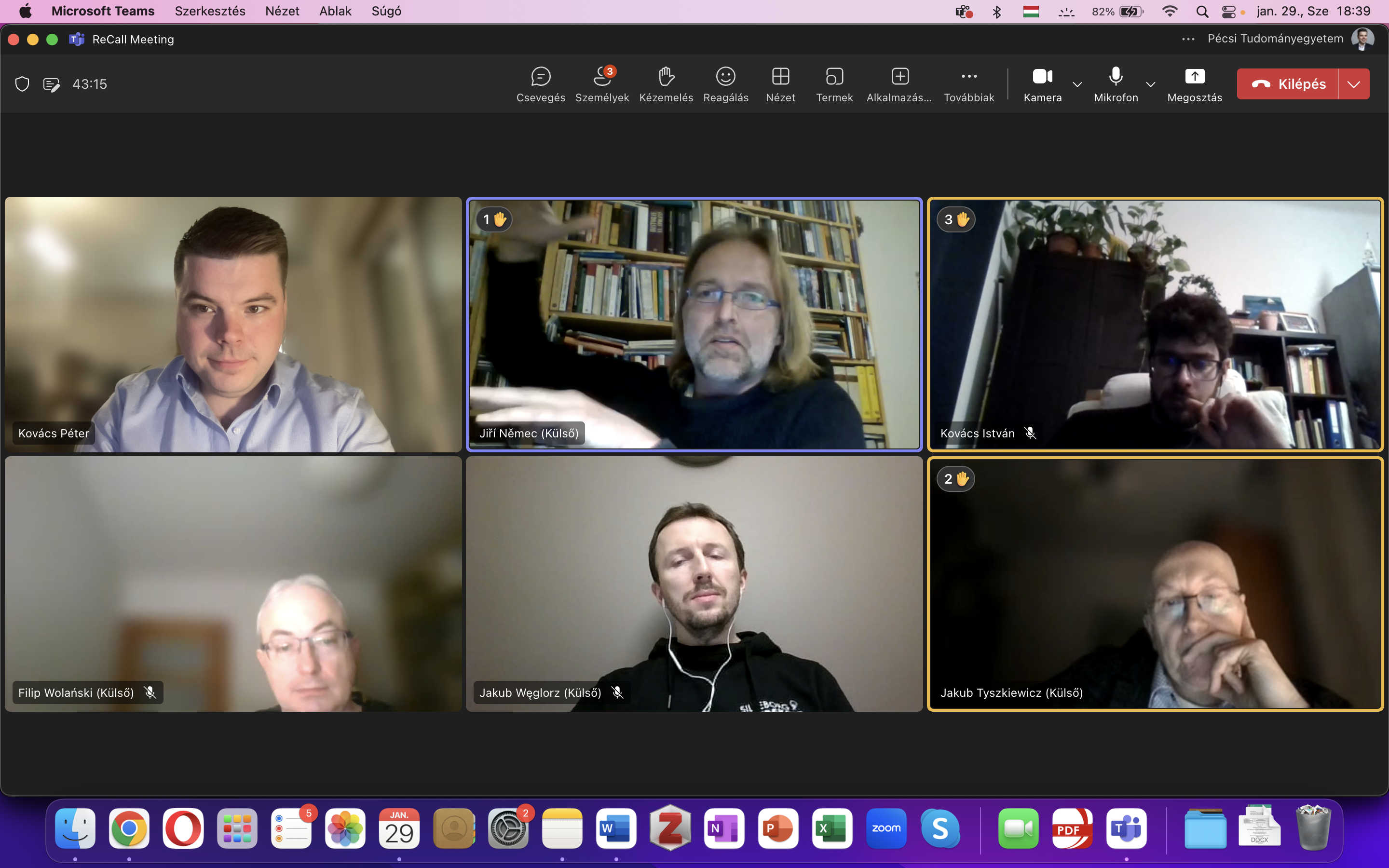Rudolfine Prague – Prague Castle, Rudolf’s Gallery/Golden Lane
Fact of the Czech figure „Culture in the Era of Renaissance and Baroque”
Part of the „Legacy of the Jagiellonians and Habsburgs dynasties” topic
Shortly after ascending the throne in 1576, Emperor Rudolf II chose Prague as his residence and initiated a Mannerist reconstruction of Prague Castle. This included the construction of halls to accommodate for his art collections and the continuously interest arousing small houses in Golden Lane, built for castle riflemen.
Kunstkammer, which contained notorious European works as well as paintings and sculptures by artists at his court (e.g., E. Sadeler, A. de Vries, B. Spranger), formed part of his image as a scholar-king, master of all contemporary knowledge with Rudolf’s interests also extending to alchemy and astrology.
Unlike many Habsburg monarchs, Rudolf II is viewed positively in Czech collective memory, probably since he resided in Prague rather than Vienna, a city increasingly resented by the Czech bourgeoisie from the 19th century onwards. The image of Rudolf II as an eccentric lover of art and science was entrenched in Czech popular consciousness, particularly by the 1950s films starring the highly talented Czech actor Jan Werich, which remain popular to this day.





